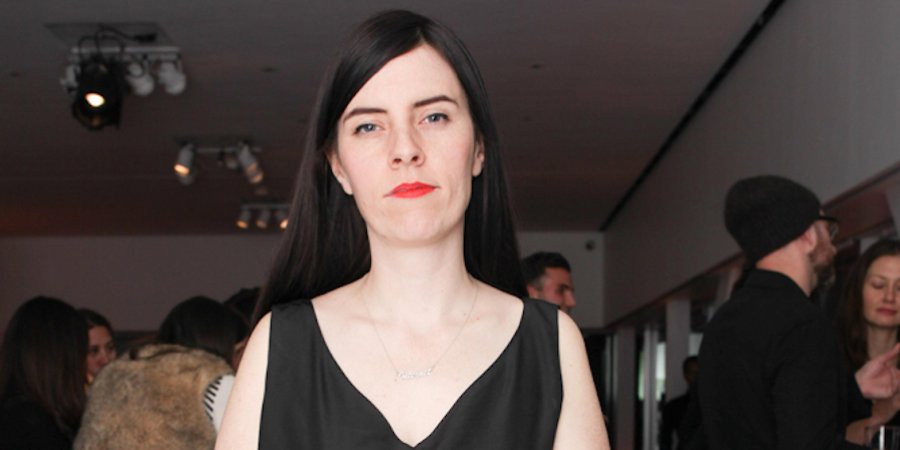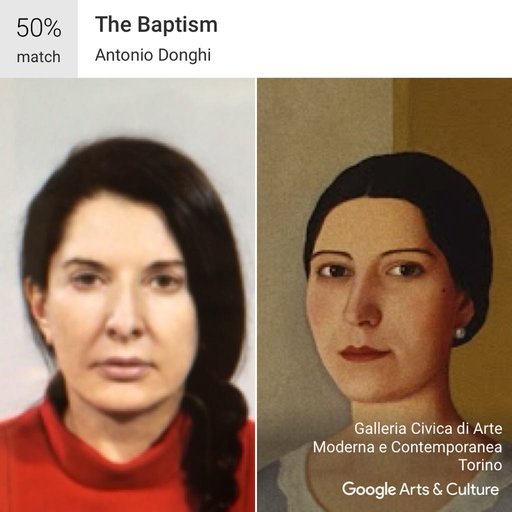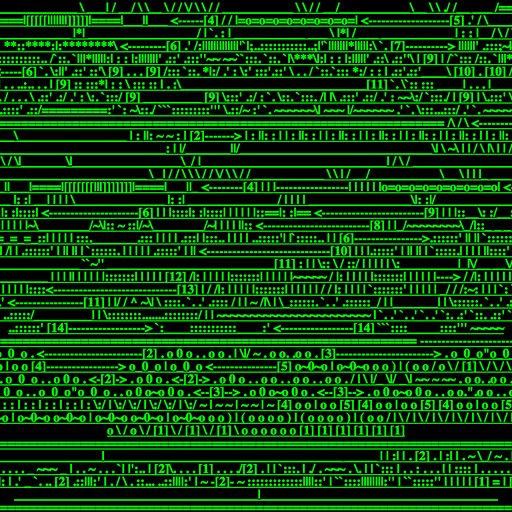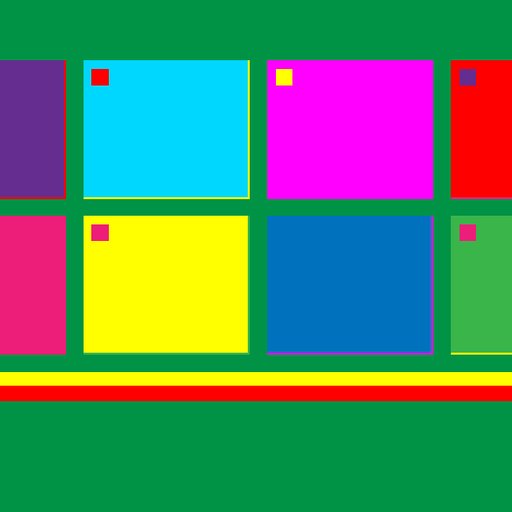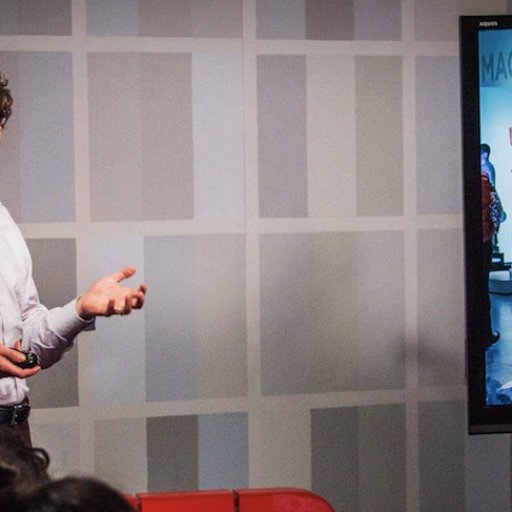This weekend, Rhizome will present its annual Seven on Seven conference, pairing up teams of artists and technologists to each hatch a new idea—any idea, really—over the course of 24 hours. Past collaborations have resulted in an app that randomly deletes Facebook friends and an exquisite-corpse-like video-editing program that in some ways prefigured Vine. Sometimes, the conversations between the collaborators have an even more lasting impact than the inventions themselves. Started in 2010, the annual colloquium has matched video artist Ryan Trecartin with Tumblr founder David Karp, artist Paul Pfeiffer with start-up guru Alex Chung, artist Aleksandra Domanovićand information activist Smári McCarthy.
We spoke with Rhizome director Heather Corcoran, the curator of these mini-think-tanks, about the idea behind the program, the crossover between the art and tech worlds, and what lessons can be translated between them.
Technology is a tool that can make our lives easier or more efficient. Practicality, speed, design: traditionally, this is not the territory traversed by the artist. Fittingly, at Seven on Seven, some of the most interesting projects are rather impractical applications of technology. Last year, for instance, panelists developed an app to randomly delete Facebook friends, because, you know, you never know who your real friends are. What do you hope comes out of these unorthodox collaborations?
The way you phrase the question supposes that artists aren’t the problem solvers that technologists are—or that they aren't designers, in the sense that they aren’t thinking, “I have a problem and here’s a neat solution.” But what interests me is that artists have the privilege to ask the community difficult, sticky questions, because they don’t necessarily have to respond to market conditions or deal with the same pressures of those in the tech sphere. They can sometimes fly under the radar, and that’s a really great asset that they bring to the table.
There’s a new book out recently by this woman named Tatiana Bazzichelli, and she wrote about how sometimes artists are seen on panels talking about the artist as ‘innovator,’ the artist as ‘creator.’ She reframes this though, saying that actually artists are ‘disruptive.’ She is very aware when she is using that language that these are words that have been co-opted by the interests of business. She is saying that artists are not so much innovators as disruptors.
In terms of the Seven on Seven, I think that the things made in collaboration should make you step back and think about the role of technology in culture, and what these new devices and technologies mean in the world—not just about what we can do, but why we do it.
And what historical precedents do you look to when you are organizing an event like this?
We talk often about the Experiments in Art and Technology, which started off working with artists and engineers. In some ways, we can still think about that as some kind of historical precedent, but I think interdisciplinary conversations have changed a lot over time. For example, today, we try not to be binary—we do not consider the role of the artist and technologist as opposite.
Do you think that there is something about technology that invites for more collaborative practice among artists, as with Seven on Seven and the art labs popping up?
I think that it depends on the context. In terms of artists we are going to see showing at Frieze next weekend, those are different people than the artists in labs like LACMA. I think we are going to see a lot more collaboration between artists and other disciplines, and where that will end up, I don’t necessarily know, whether in the gallery spaces or in fairs, but that doesn’t really matter.
But in the future, as artists and creative-types become more technologically savvy and can express themselves with fluency in all things digital, will collaborations like this be less relevant?
I always come back to Douglas Ruskoff, who is a writer mainly, but was a artist and theater geek in high school, wanting to do weird things with computers yet found the computer kids to be quite straight laced and unwilling. Then, he noticed as he got older, all his hippy eccentric friends were going to work in Silicon Valley—that culture started building a mass of very creative, experimental types. So he noticed it was almost a role reversal—artists instead were the more straight laced ones, who had read their critical theory and were not thinking "being creative," but thinking about the impact and implications of all this creativity on the world around them. Their role is to be critical and create problems.
So are art and technology growing closer together?
Artists are interested in contemporary culture and our culture right now is technological. So we are seeing more and more artists thinking about not just the technology that exists but also its implications.
It is a heavily trafficked intersection today. You have LACMA’s technology lab and Hans Ulrich Obrist and Simon Castets doing their 89plus program. How are you differentiating yourself at Rhizome?
As more people start thinking about the tools and the technology that is around us, it’s really important to have organizations that have a history of thinking about these topics. There’s a danger of ideas getting recycled. At Rhizome, we have a historical perspective and depth of specialization that can help to contextualize new ideas, which is really important. It’s all part of an ecology adjusting the topics of different voices and collections. I think that our angle is distinct historically and critically in its nuance. So a lot of people are moving into this area of art and technology, but everyone brings this kind of inflection to it, and I think that’s a really positive thing.
In the realm of the commercial, you also have dealers and fairs trying to tap into the tech-sphere money, like with the Silicon Valley Art Fair. Were you there?
Yes, it was interesting, and yes, people are really trying to figure out how to engage with the tech world. The story that is building around the fair is about the tech workers and what their relationship is with the arts, which is, of course, a different one than how art is addressing technology in culture.
In 50 years from now, do you imagine that more art fairs will look more like this one, full of more art that is technologically engineered?
Yeah, as I was saying earlier, there are a lot of artists now thinking about the role of technology in culture, because artists are interested in contemporary culture right now and right now one of the defining things about culture is the tech world. If you go to the Frieze art fair next weekend, there are tons of artists who have been in Rhizome’s community for years. So, certainly I think that you will see more and more of it.
What does art offer the tech sphere?
Well, I think that criticality is the biggest thing, being able to step back and ask questions about what it is that we are making and not just watch. Conversation is something that will be very useful in technology.
I think that we are certainly seeing that in the tech world in New York. Half of our board is tech entrepreneurs, and we see a lot of tech workers at our events who socialize and hang around us, so they certainly are engaging and feel like the conversations we are generating are useful to them in their own work.
One of my favorite quotes is by this guy named John Kelsey: "And what comes after the realization that contemporary artists no longer hold the monopoly on creativity? Everything seems to suggest the only way for artists to survive their precarity is to take it to the limit, risking their own definition." He’s talking about what comes after the realization that artists aren’t the only people who have a monopoly on creativity, and I think that’s true. Artists don’t have a monopoly on creativity anymore.











